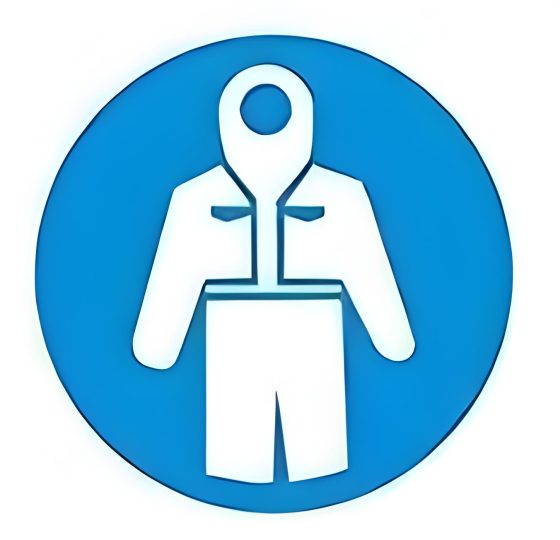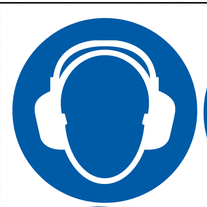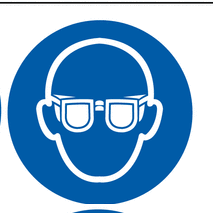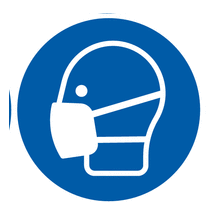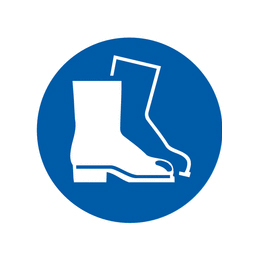EN standard for Industrial protective helmets
The BS EN 397:2025 is a newly-revised standard over the BS EN 397:2012+A1:2012, and is published in a 60-page document, highlighting every guidelines and requirements for industrial safety helmets.
One of the notable changes with the BS EN 397:2025 standard is the introduction of two classifications for safety helmets, compared to having one classification from BS EN 397:2012+A1:2012:
พิมพ์ 1 – These types of helmets are designed for protection against vertical impacts (one-direction) throughout the crown (on-crown), such as falling objects.
พิมพ์ 2 – Helmets with this type of classification have more protection against multiple directions (off-crown), such as side impacts.
What are the Main Differences Between the 2012 และ 2025 Standards?
The main difference between EN 397:2012 and EN 397:2025 is a revised and modernized introduction, the introduction of two helmet types (one and two), improved measurement of drop speed, and the addition of electrostatic and enhanced visibility requirements. ใน 397:2012 specifies requirements for industrial safety helmets, focusing on impact and penetration protection, while EN 397:2025 introduces a more nuanced classification system and aligns more closely with modern expectations for both safety and versatility in demanding environments.
Improved Drop Speed Measurement: Defines measurement of drop speed for improved reproducibility.
Electrostatic and Visibility Requirements: Added requirements for electrostatic discharge and enhanced visibility.
Scope: Applies to helmets for general use in industry.
In essence, BS EN 397:2025 builds upon the foundation of BS EN 397:2012 by introducing more specific requirements, a more detailed classification system, and enhanced performance features for modern industrial environments.
Industrial safety helmets that comply with standard DIN EN 397 generally meet the following safety requirements:
| BINDING REQUIREMENTS | OPTIONAL REQUIREMENTS |
| All helmets certified according to EN 397 must meet these requirements. | A helmet certified in accordance with EN 397 may meet these requirements; they are, however, not mandatory requirements. |
| shock absorption, vertical | very low temperatures (-20 °C or -30 °C) |
| penetration resistance (against sharp and pointed objects) | very high temperatures (+150 °C) |
| flame resistance | electrical insulation (440 วี) |
| chin strap attachment: chin strap releases at minimum 150N and maximum 250 N | molten metal (MM) |
| lateral deformation |
ใน 50365 – Insulating helmets for use on low voltage installations
Protection against electric shocks and prevention of dangerous electric current passing through the head
Requirements:
- All helmets must also meet the requirements in accordance with EN 397.
- Protection against alternating voltage of up to 1000 วี (AC) or direct voltage up to 1500 วี (DC)
- Insulating helmets must not contain any conductive parts.
- Air vents (if available) must not allow any accidental contact with live parts.
ใน 12492 – Helmets for mountaineers
Protection against hazards that may occur during activities undertaken by mountaineers
Requirements:
- Shock absorption, vertical, frontal, lateral, dorsal
- Penetration resistance
- Carrier element (chin strap releases at min. 500N)
- Strength of carrier element: Chin strap may exhibit maximum elongation of 25mm
- Carrier element effectiveness: Helmet must not slide from the head
ใน 1078 – Cycling helmet
Helmets for pedal cyclists and for users of skateboards and roller skates
Requirements:
- absorbs impact from vertical force
- the effectiveness of the retention system must be ensured via a retention test
- the mechanical strength of the chin strap must be ensured — the maximum permissible elongation is 35 มม
 บริษัท Shanghai Zimai Protection Technology, Ltd.
บริษัท Shanghai Zimai Protection Technology, Ltd.

